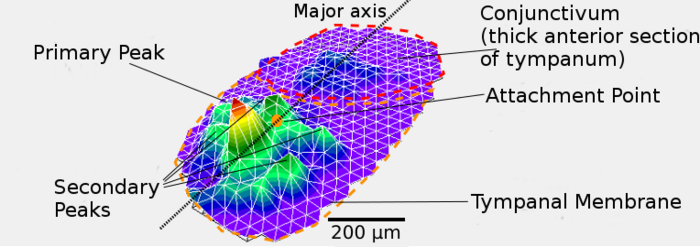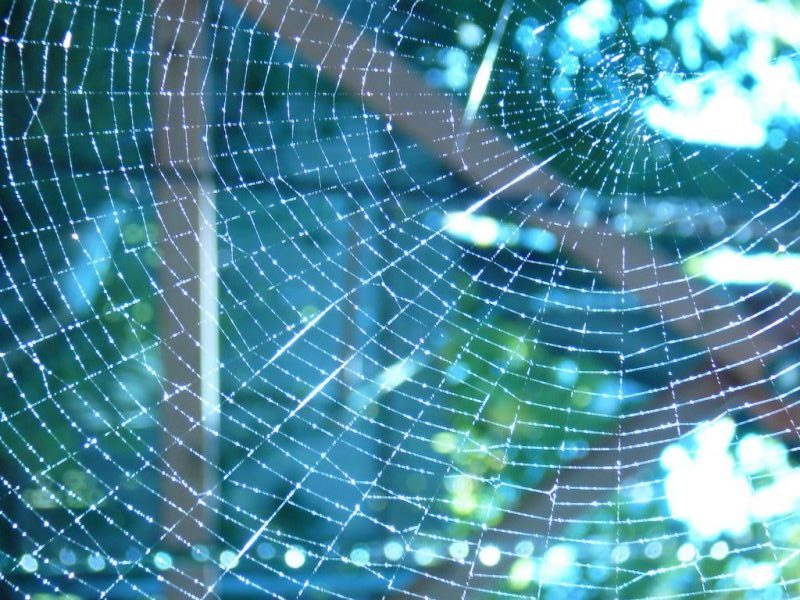Insect-inspired microphones have the potential to revolutionize sound capture and auditory understanding. Scientists are developing miniature microphones using 3D-printing technology that mimics the remarkable hearing abilities of insects.
Insects have surprisingly advanced hearing capabilities, despite their small and simple anatomy.
Even with a tiny 2-millimeter membrane, desert locusts can detect and distinguish frequencies comparable to the human range. By studying insects’ auditory perception and leveraging 3D-printing technology, it becomes feasible to design miniature, bio-inspired microphones.
Andrew Reid from the University of Strathclyde in the U.K. has presented his work on creating microphones inspired by insects. These microphones have the ability to collect acoustic data autonomously while consuming very little power.
Microphones have found applications in environmental monitoring and medical device fields.
The data collection process of these microphones is inspired by biological systems, not just the material. Unlike conventional microphones that capture a wide range of information, these microphones are engineered to detect specific signals.
This streamlined process, similar to how nerve endings detect and transmit signals, allows for quick identification of triggers with minimal energy consumption or supervision. Bio-inspired sensors, due to their small size, autonomous operation, and low energy consumption, are perfect for hazardous or inaccessible applications. They can also be embedded in structures or placed inside the human body to gather valuable data.







